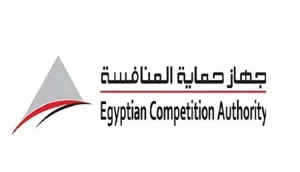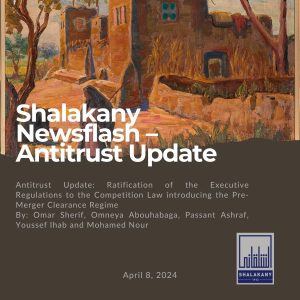The much-anticipated amendment (the “Amendment”) to the Mineral Resources Law (the “Law”) has been recently published on August 7th, 2019 as Law No. 145 of 2019 in the Official Gazette and entered into force as of August 8th, 2019.
Below are the key provisions of the Amendment.
New Regulatory Bodies
The Amendment introduced new terms such as the definitions of ‘relevant body’ and ‘relevant authority’ which replace the governorates as the entities with joint power along with the Egyptian Mineral Resources Authority (“EMRA”). Under the Amendment, ‘relevant body’ still refers to the governorate with respect to quarries and saltpans that fall within the governorate’s geographical boundaries and refers to the New Urban Communities Authority (“NUCA”) with respect to quarries and saltpans that fall within the NUCA’s geographical boundaries. As for the term ‘relevant authority’, this is defined as the competent minister in charge of issuing the exploration and exploitation permits for mining materials and the governor or head of NUCA, as the case may be, with respect to the issuance of quarrying and saltpan materials.
Increase in Rent and Royalties
The Amendment stipulates that EMRA may amend rental values depending on a mine’s size every three years (as opposed to four years) with respect to mining materials. In addition, a security deposit equal to the rental value of one year is now limited to exploitation permits. Lastly, and most importantly, where previously royalties for the exploration of mining materials were required to not exceed 5% of annual raw production, the Amendment states that royalties may now vary between 5% to 20% of the raw production value. The provision regarding the exploitation of quarrying and saltpan materials was similarly amended to reflect the same percentages.
Permits
Under the Amendment, mine exploration permits may now be extended beyond the original two-year period for two similar periods, as well as for a potential third period, provided that reasonable technical justification is submitted and approved by EMRA. In addition, the Amendment now allows the issuance of exploitation permits for quarries on agricultural land, provided that the approval of the Ministry of Agriculture is obtained. Further, the Amendment removed the 15-year limit on the duration of exploitation permits for natural and industrial saltpans.
Investment Incentives
According to the Amendment, activities under the Law could be undertaken under the investment zones’ regime provided in the New Investment Law No. 72 of 2017 (the “New Investment Law”). In addition, projects that undertake mineral resources activities now enjoy certain incentives contained in the New Investment Law.
Market Reaction
In a recent interview, Egyptian Investment Minister Sahar Nasr stated that the Amendment includes legislative reforms that aim to facilitate investment activities that fall under the Law.
Minister Sahar Nasr revealed that projects in the mineral wealth sector will be allowed to make use of all the incentives provided in Articles 10, 11, 12 and 13 of the New Investment Law, adding that these incentives include a discount on taxable net profits of up to 50% of the investment costs if these projects are established in the most needy areas on the investment map.
Naguib is waiting on Mineral Resources Act exec regs before deciding on gold investments in Egypt
Further, investor Naguib Sawiris told Al Arabiya TV in a recent interview that the executive regulations of the Amendment will determine whether he will be willing to invest in Egypt’s gold and copper mining industry. Sawiris further stipulated that he considers the Amendment to be a bold step from the Egyptian Government and could place Egypt’s mining industry in a position to be as big a source of income for the country as its Oil and Gas industry.



